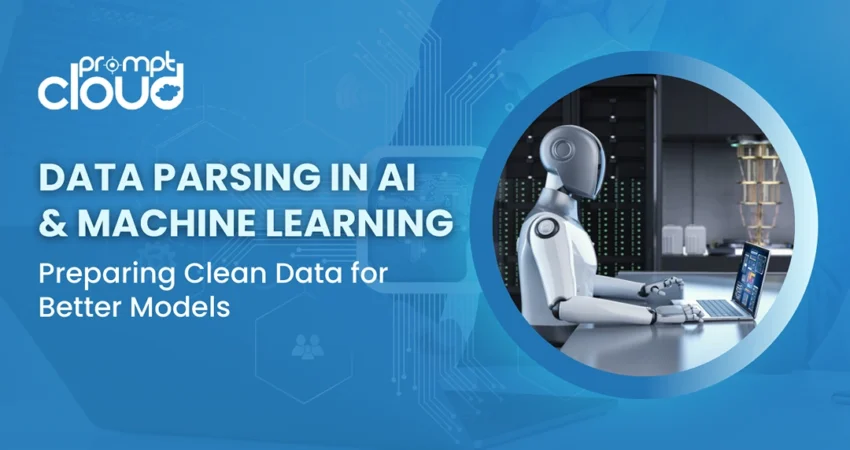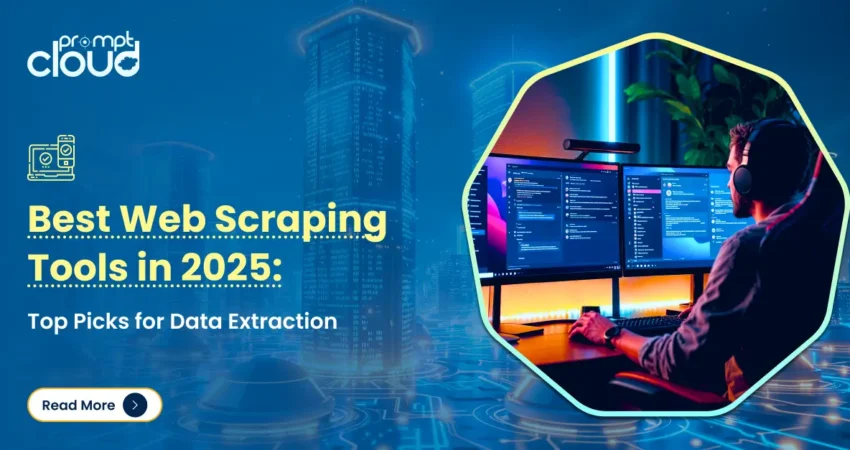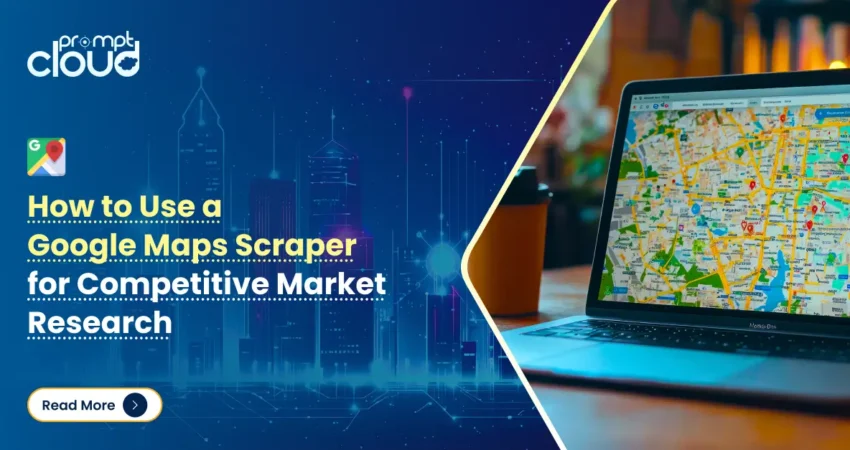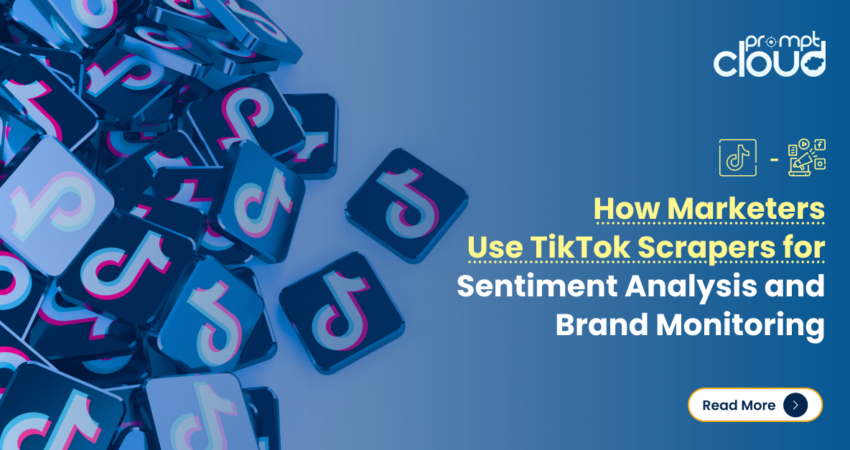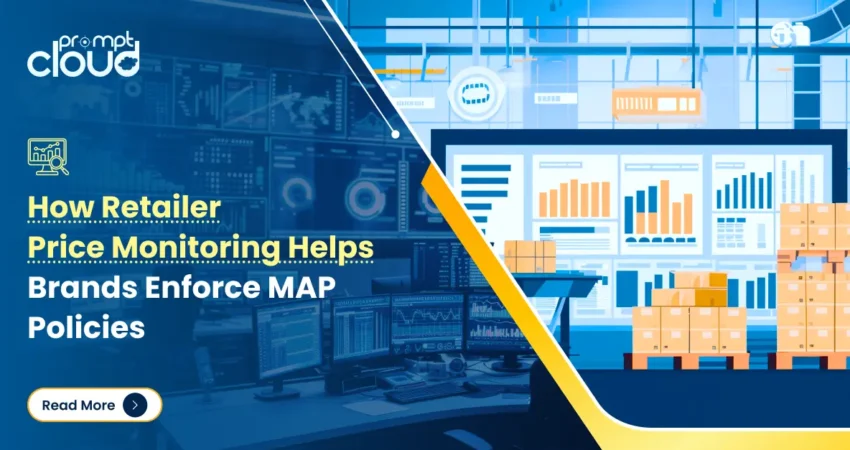Scraping Google Search Results (SERP): Techniques, Challenges, and Legal Considerations
Every single day, billions of queries are typed into Google’s search bar. Everything from trends, behaviors, and businesses is revealed by these searches. It is no wonder why Google scraping is so popular in today’s world as companies seek market insight. These data points can be useful for tracking search engine rankings, monitoring competitors, tracking […]
Read MoreData Parsing in AI and Machine Learning: Preparing Clean Data for Better Models
As advanced as your model might be, it can only be as good as the data it is trained on. A messy, unstructured, or inconsistent dataset means that the algorithm will generate inaccurate, biased, or unreliable outputs. This is why data parsing is indispensable. “Garbage in, garbage out” is a principle that fits AI workflows […]
Read MorehCaptcha Solver: How AI and Automation Are Changing CAPTCHA Challenges
CAPTCHAs have been a fundamental tool in cybersecurity for years, designed to differentiate between real users and automated bots. Among the various CAPTCHA systems, hCaptcha has emerged as a popular alternative to reCAPTCHA, offering a more advanced and privacy-focused way to filter out bots. While it is effective in preventing automated access, businesses that rely […]
Read MoreBest Web Scraping Tools in 2025: Top Picks for Data Extraction
In 2025, the volume of data being created and shared online is staggering—Statista estimates it’ll top 180 zettabytes globally. A big chunk of that lives on public websites in the form of product listings, prices, reviews, job ads, real estate data, and more. For businesses and analysts trying to tap into this information, web scraping […]
Read MoreHow Direct-to-Consumer (DTC) Brands Leverage Web Scraping for Trend Analysis
Managing a Direct-to-Consumer (DTC) brand entails more than just selling products. It involves knowing exactly what customers need and how to track market changes while keeping competition in check. In an aim to sustain profitability and growth with a competitive price, how then do DTC brands stay ahead in notoriously unpredictable markets? Brands now using […]
Read MoreHow to Use a Google Maps Scraper for Competitive Market Research
Think Google Maps is just for finding the nearest coffee shop? Think again. Beyond directions and traffic updates, it’s one of the world’s largest business directories, packed with data on millions of companies across industries. Over 1 billion people use Google Maps to find service providers and local eateries monthly. Any search query entered can […]
Read MoreHow Marketers Use TikTok Scrapers for Sentiment Analysis and Brand Monitoring
The platform has evolved into more than just a social space dominated by dance challenges; with over 1.5 billion active users, TikTok influences consumer opinions, trends, buying behaviors, and brand interactions across industries, encapsulating public sentiment along the way. Marketers trying to make sense of the multitude of videos and comments uploaded daily find it […]
Read MoreHow Retailer Price Monitoring Helps Brands Enforce MAP Policies
Think of yourself as a seller of high-end electronics. You’ve set your Minimum Advertised Price (MAP) so that it is sustainable for you and captures the value of your product. Then, all of a sudden, a handful of retailers begin advertising your product at significantly lower prices than what is acceptable in the market to […]
Read MoreHow Image Scraping Helps Improve Deep Learning Models for Object Recognition
Deep learning models have significantly improved accuracy in object recognition. A “machine” can now identify and categorize images with astonishing precision. Nevertheless, these models only perform exceptionally well given one factor—data. In the absence of high-quality, data-rich, diverse, and well-categorized image datasets, even the most sophisticated deep learning models will falter at achieving accuracy. This […]
Read MoreTracking Industry-Specific Search Trends Using Web Crawlers
Analyzing search behavior highlights changes in preferences, product demand, and overall market activity. Notably, 68% of all online activities start with a search engine, hence, the data available from searches is invaluable for business intelligence purposes. (Source: BrightEdge) Historically, businesses have relied on SEO analytics and keyword-tracking tools to monitor broader market search behaviors. These […]
Read More





